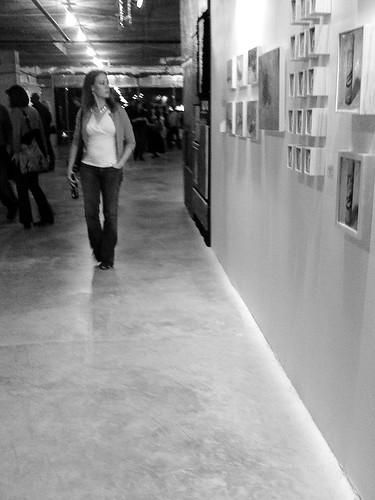I was at SXSW last year when Twitter launched. They had monitors outside conference rooms showing “tweets” from users, little random bits of text unfurling on a screen. I thought it was interesting, like a bad stream of consciousness novel, but didn’t see the point. Why would I want to let the world know about the trivia of my life?
Twitter won a SXSW Web Award, in the blog category. The founders gave a clever acceptance speech – in less than 140 characters.
Still, I was unconvinced until a few weeks ago when my buddy Neil suggested that I try it. He and his hard-working IT colleagues use it to keep track of one another across a busy college campus.
That seemed useful so I tried it out. I found that several other of my friends and colleagues were already on Twitter and it’s been really interesting to discover the projects that they’re working on. It’s helped me make connections and get good ideas. For example, I found out that:
- A fellow Nature Conservancy alumni has created a Rails-to-Trails Photo Challenge, one that I plan to enter.
- My friend Neil is finally moving.
- Eric, the NOAA Second Life guru, has the same problems with mindless government regs that I do.
- MOSSO is a terrible hosting company, according to a SXSW friend.
- Artomatic was having a pinata-making workshop. Damn, I missed that!




